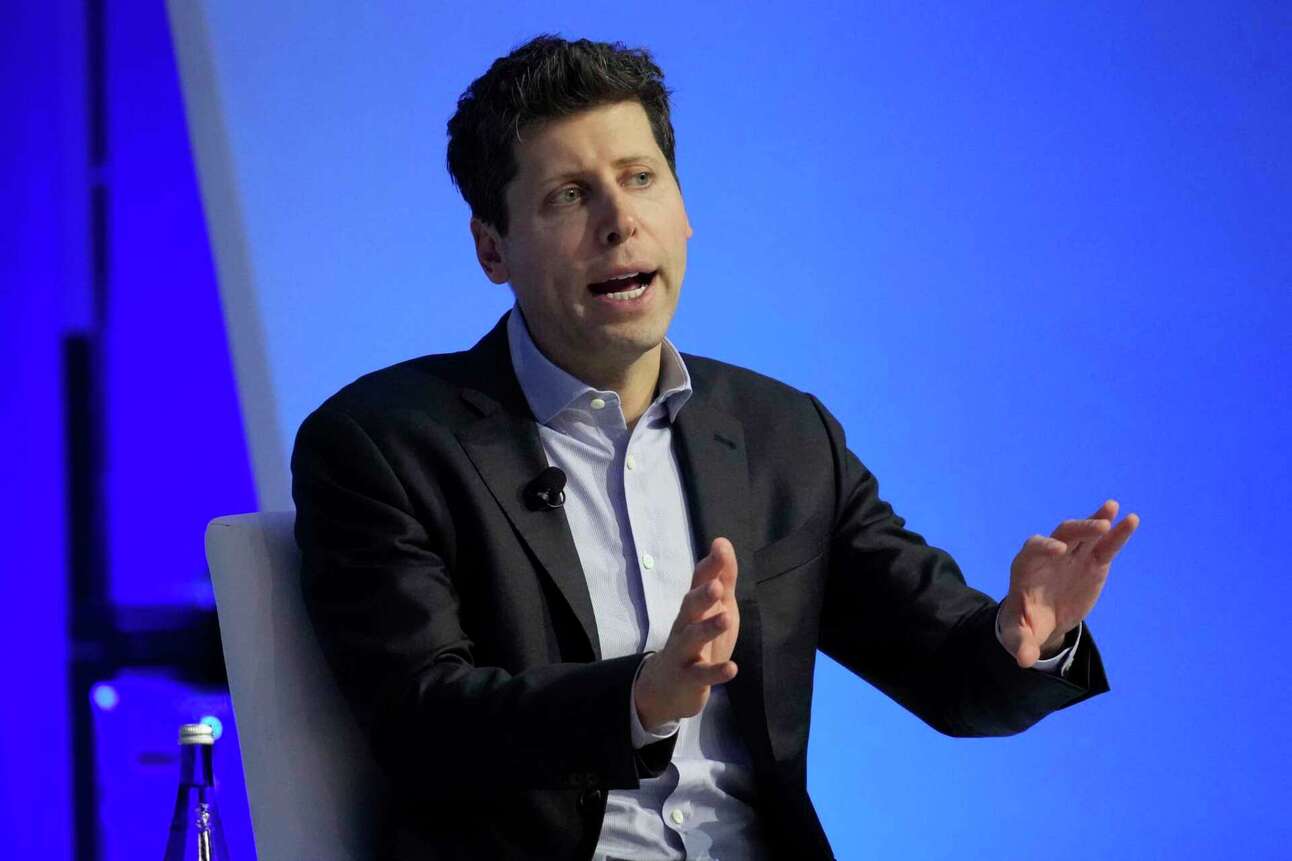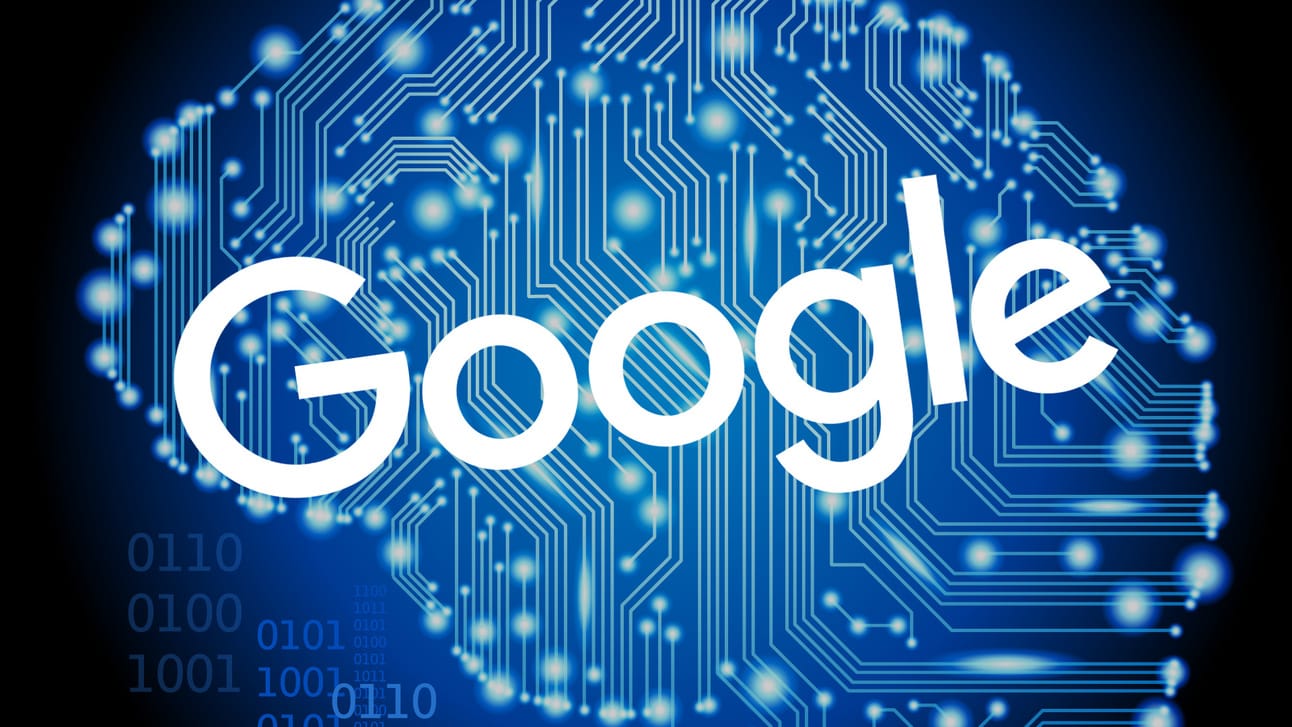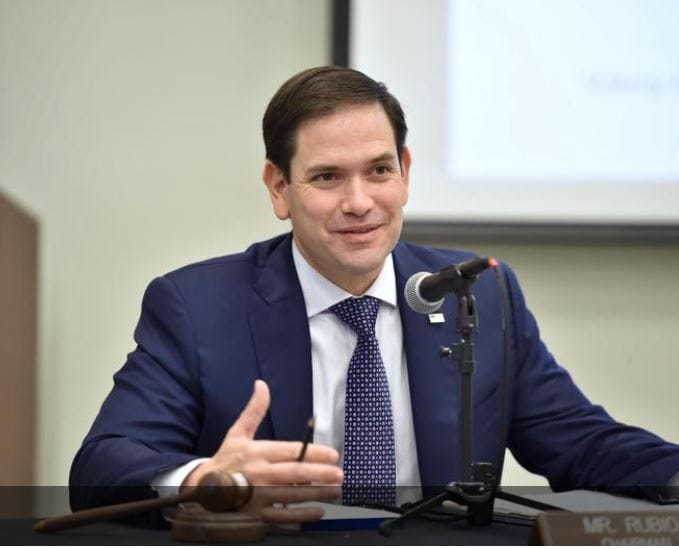- FutureIntelX
- Posts
- Apple’s top AI‐model leader departs signals a seismic shift in the AI talent race.
Apple’s top AI‐model leader departs signals a seismic shift in the AI talent race.
Ins: OpenAI’s first step onto Google’s TPU terrain could redefine AI infrastructure economics and strategic positioning.
In the News today
Apple’s top AI‑model leader departs signals a seismic shift in the AI talent race.
OpenAI’s first step onto Google’s TPU terrain could redefine AI infrastructure economics and strategic positioning.
Google’s $75 billion AI infrastructure bet signals a bold pivot, it’s laying the foundation for dominance before broader disruption unfolds.
AI-enabled deepfake impersonation of foreign ministers marks a turning point in global disinformation and diplomatic sabotage.
Apple’s top AI‑model leader departs signals a seismic shift in the AI talent race.

What Happened
Ruoming Pang, who spearheaded Apple’s foundation‑model efforts, has left to join Meta’s “Superintelligence” team, drawing one of the industry’s most senior AI talents away part of Meta’s aggressive recruitment strategy led by Mark Zuckerberg
Why It Matters
This is more than a single departure, it marks a transfer of strategic capability. Apple’s internal ambition to build proprietary AI has lost key steering at a time when accelerated competition in model R&D is shaping national tech sovereignty and commercial dominance. Meta is clearly signaling that leadership lies in owning top-tier talent.
Forecast & Strategic Outlook
Expect additional defections from caution-driven organizations like Apple; Meta continues to outbid rivals for senior AI talent.
As Meta scales its Superintelligence team, we’ll likely see rapid depth in infrastructure and algorithm innovation raising competitive intensity.
A deeper tech talent diaspora will influence national policy, feed into infrastructure investments, and could hasten bifurcation in AI ecosystems (e.g. Silicon Valley vs. USG-backed vs. EU-aligned).
Confidence: Moderate–High.
Deeper Implications
Talent-Driven Momentum: Meta’s hiring spree not only enriches its model-building capacity but also captures organizational memory and culture a competitive moat in AI’s talent arms race.
Organizational Resilience: Apple’s recruitment strategy relying on internal development is now exposed, potentially triggering urgent pivots (partnerships, executive restructuring).
Geostrategic Signaling: High-profile moves like this inform global policy and investment trends: nations and regulators will intensify efforts to manage talent flows and encourage local model development.
Market Sentiment & Valuation Risk: Talent exodus can erode confidence in corporate AI roadmaps impacting investor and board perception, guiding leadership reshuffling, and affecting enterprise contracts.
Strategic Question
If a single talent move can shift the balance in AI leadership, what structures compensation, culture, mission, must you institute now to attract and retain the next generation of model architects before they move the needle elsewhere?
OpenAI’s first step onto Google’s TPU terrain could redefine AI infrastructure economics and strategic positioning.

Image credit: San Francisco Chronicle
What Happened
OpenAI has begun renting Google Cloud’s Tensor Processing Units (TPUs) to handle AI inference tasks marking its inaugural use of non‑Nvidia chips for services like ChatGPT. This shift is part of a broader compute diversification strategy aimed at lowering costs and reducing vendor lock-in
Why It Matters
This strategic pivot signals a watershed moment: inference workloads are becoming cost-prohibitive, prompting major AI developers to explore alternative compute pathways. For the broader ecosystem, it challenges the prevailing Nvidia-GPU dominance, opening the door for Google’s TPU and possibly next-gen ASICs. What was once a technical data-center decision now carries market, regulatory, and geopolitical weight.
Forecast & Strategic Outlook
Expect OpenAI to trial hybrid GPU/TPU pipelines, optimizing performance-cost tradeoffs.
A multi-stack compute market intensifies as competing clouds and chip vendors jockey for share. Enterprises will pilot TPU usage for high-scale inference.
Compute layer fragmentation becomes standard. Organizations and governments will demand infrastructure resilience, sparking multi-vendor procurement strategies.
Confidence: Mid-range: outcomes depend on cost benchmarks and OpenAI’s adoption scale.
Deeper Implications
Economic Disintermediation: Even marginal cost advantages on multibillion-query systems yield huge savings reshaping AI business models and pricing.
Strategic Supply Chain Shifts: AI compute becomes a geopolitical asset; countries may invest in sovereign chip ecosystems to reduce exposure.
Innovation Gateway: With TPU viability proven, startups and hyperscale’s may target smart accelerators driving diversification and custom chip development.
Operational Resilience: Dependence on a single chip vendor is a systemic risk. A hybrid compute model is likely to become a regulatory expectation for critical national infrastructure.
Strategic Question
If TPUs enable a 30% reduction in inference costs, how will you restructure your AI roadmaps, and which legacy dependencies must be retired first?
Google’s $75 billion AI infrastructure bet signals a bold pivot, it’s laying the foundation for dominance before broader disruption unfolds.

What Happened
At Reuters NEXT Asia in Singapore, Google’s APAC AI lead Eunice Huang confirmed that Alphabet is earmarking $75 billion in 2025 for AI-related technical infrastructure, primarily data centers and compute capacity even amid U.S. tariff concerns
Why It Matters
Google is staking claim to the infrastructure layer of AI’s future beyond models and applications. This massive investment creates a moat around compute availability, reduces global latency, and extends its influence across cloud, enterprise, and sovereign ecosystems.
Forecast & Strategic Outlook
Rapid expansion of AI-optimized data centers in key markets specifically APAC and North America will attract AI-first enterprises.
Google’s compute scale unlocks new AI services micromodel hosting, edge inference capabilities reshaping vendor-selection calculus.
This compute infrastructure becomes a backbone for global AI sovereignty nations and regulators will view data centers as strategic assets.
Confidence: High for Google’s buildout; Medium—for downstream ecosystem shifts.
Deeper Implications
Compute Commoditization: As Google floods the market with AI-ready compute, price per TFLOP will drop pressuring smaller cloud providers.
Regulatory Chess: National governments may impose local data/local compute mandates, accelerating buildouts in sovereign markets.
Ecosystem Realignment: Enterprises will pivot their AI roadmaps toward cloud-agnostic architectures, hedging advantage via multi-cloud flexibility.
Geopolitical Leverage: This infrastructure muscle gives Google strategic influence control over data pathways and regional compute access becomes geopolitical leverage.
Strategic Question
If data center capacity defines who wins the AI arms race, what compute strategy will you commit to today to secure future agility and market position?
AI-enabled deepfake impersonation of foreign ministers marks a turning point in global disinformation and diplomatic sabotage.

Image credit: Florida Phoenix
What Happened
In June, an unauthorized individual used AI-generated voice technology to impersonate U.S. Secretary of State Marco Rubio, leaving voicemails and texts for three foreign ministers and two U.S. officials via Signal. Although no compromise has been confirmed, U.S. diplomatic channels responded by warning staff and urging partners to verify identities moving forward.
Why It Matters
This incident marks a new frontier: AI-driven impersonation targeting high-level diplomacy introduces a strategic vulnerability to statecraft. It threatens both the integrity of international communications and trust in secure channels domains foundational to global governance and national security.
Forecast & Strategic Outlook
Diplomatic services implement mandatory identity verification protocols for AI-generated messages. Counter-disinformation task forces are activated.
Multilateral agreements emerge to regulate the use of AI in communications, with joint detection and authentication standards. Private sector spam filters and deepfake detection tools scale for enterprise-level deployment.
Governments establish sovereign AI audiovisual authentication systems—cryptographically signed voice and video channels become essential for official use.
Confidence: Moderate: dependent on tech efficacy and global cooperation.
Deeper Implications
Trust Degradation in Diplomacy: AI impersonation undermines the credibility of virtual negotiations and could stall remote diplomacy and intelligence sharing.
Rapid Regulatory Shift: Nations will accelerate frameworks mandating AI-proof communication systems; this may include mandated use of government-signed deepfake detection tools.
Enterprise Impact: Corporations and NGOs operating in politically sensitive domains will need to deploy internal identity authentication systems text, audio, and video.
Cybersecurity Arms Race: Expect a proliferation of AI-generated disinformation campaigns targeting officials and institutions; detection and resilience will emerge as strategic priorities for national security.
Strategic Question
If diplomats and executives can no longer trust what they see or hear, what systems and protocols must we build now to protect communications and restore confidence?
How can we make FutureIntelX more valuable for you? |
Reply